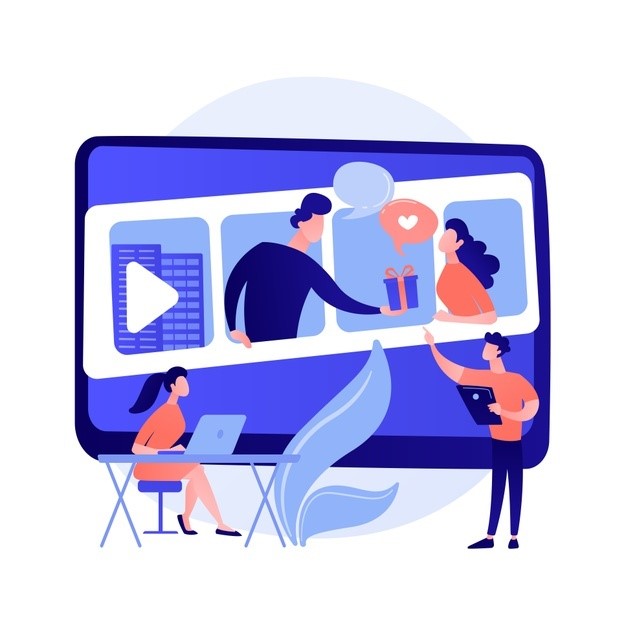E-learning is the next best thing after e-commerce that is revolutionizing knowledge delivery and up-skilling processes. Aspirants from any corner of the world can now participate in e-learning courses and scout conventional and non-conventional domains.
It has become a lot easier to grab the best academic and professional opportunities by attending e-learning sessions and acquiring knowledge. If you have a fresh idea to work on, then plan it well. The ideal way to create e-learning content is by planning and organizing resources at the primary level.

Here is what you can follow to create your e-learning content according to the courses you want to offer.
Steps for creating e-learning content
1. Analyze your need
The first step of E-learning content development is to analyze your requirement. To create something, you need a clear vision. You will have to visualize what you want to prepare. The outcome will be different from what you have thought earlier, but you will need a platform to proceed.
In this aspect, you will have to divide your analysis into the following sections for consolidated research.
- What do you want to teach?
Decide what you want to teach and start researching. You will have to find a solid ground to create content first. To hire a content development team, you will also need a clear idea of what you want to teach the students/aspirants and how to frame the content for it. Your description of the content will decide the outcome.
- Target audience
Define your target audience and check its demography. Search the specific traits of the aspirants you want to offer your e-learning content. The description of the demographic features of your target audience will help you identify the ideal e-learning content format for better reception and understanding.
- Objectives
Every content file should have a proper outcome. Define the outcome of every topic and design the content accordingly. Present the content considering the objectives you have decided.
2. Instructional design
Behind every successful content creation, there is a solid instruction design developed by the content creators. It is done under the supervision of the person whose idea is being shaped by the content-creating team.
The instructional design of the content files will define how the course will deliver knowledge, evaluate students, and create a platform for measuring outcomes. It will also contain how instructional designers will segment the entire e-learning content for better knowledge delivery and understanding of the students.
Hence, you will need a formidable e-content development strategy defining the instructional design of content creation. Set a vision and conceptualize the method to progress to the next step.
3. Scripting
After developing the instructional design to visualize the e-learning content, the next step is to break the course into different modules. Concentrate on each module and create content accordingly. Remember your specific readers will study each module on screen. Hence, consider the particular amount of knowledge you want to add to every slide or page.
In this part, consider experiential learning by adding activities, tools, or any interactive elements that engage the aspirants better with the e-learning content. You can try the different approaches mentioned below for scripting.
- Mind mapping (explore new ideas through text)
- Action mapping (solution-based competent learning process)
- Storyboarding (comic strip formation)
- Wireframing (simple layout for content formation)
4. Developing a prototype
In this stage, create a prototype and then work on the basic idea. Once your content is ready to be displayed to the team in a rough shape, everyone in the group will get an idea of how it will look.
Check all the features of the E-learning content development outcome, such as color, templates, graphics, audiovisual components, etc., and make sure everything syncs with the screens. Every interactive element should be in its best shape and compatible with all kinds of intelligent devices the course seekers will use.
This stage is probably the most critical of all as it will involve writing, editing, rewriting, reformatting, etc. You can also seek a content management service for creating e-learning content without any hassle.
5. Creating and presenting the ultimate version
Decide whether you want to input audio or want to go with full-fledged audiovisual content for the courses. After the proofing stage is over, concentrate on the flaws, seek third eye views from samplers, and find out what else can be changed to develop the content better. Get it checked by all the team members to get a nod and then proceed to publish it online.
Final words
These are the five crucial yet straightforward steps of E-learning content development for your website. Focus on the audience and course part the most to get compatible content created. Make sure the e-learning content is engaging enough to draw the attention of a target audience.
When it comes to eLearning content development, we can help at every step of your campaign. To find out more, reach out to us.

